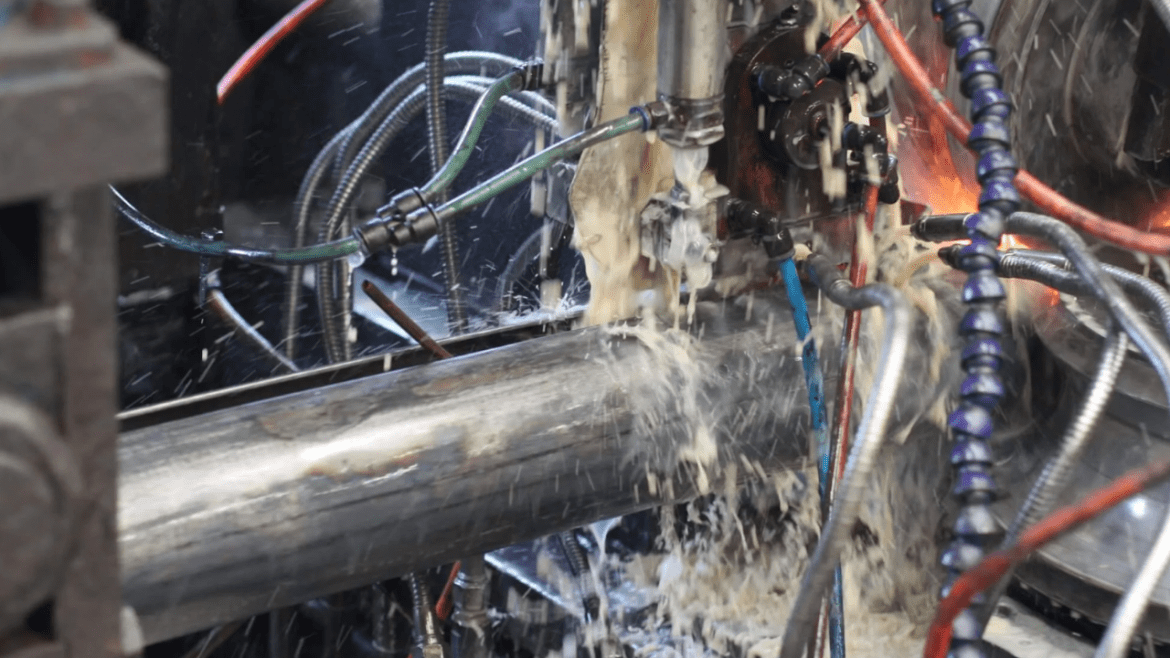Steel pipe piling is a commonly utilized construction material in civil engineering and infrastructure applications. It is comprised of cylindrical steel sections called piles, which are driven into the ground to provide structural support for a variety of uses. Steel pipe piling is important for its adaptability, strength, and durability. The steel composition ensures corrosion resistance, extending its life and lowering maintenance requirements.
Furthermore, steel pipe piling can adapt to different soil conditions, making it a dependable option in a variety of settings. Steel pipe piling is versatile because it can be quickly spliced or linked, making it suitable for constructions of varying capacities. For more details, visit uniacero.com. Steel pipe piling is essential in modern construction because it provides a strong foundation and ensures the overall safety and lifespan of completed projects.
How Do You Assess The Integrity Of Steel Pipe Piling After Installation?
A variety of procedures are used to assess the integrity of steel pipe piling after installation. Visual inspections discover surface imperfections, whereas non-destructive testing (NDT) procedures like ultrasonic testing or magnetic particle inspection reveal concealed flaws. Load testing evaluates structural capability. Regular inspections ensure the long-term integrity of steel pipe piling by proving its ability to bear weights and survive environmental conditions.
Corrosion Protection Strategies For Steel Pipe Piling
Corrosion is a continuous danger to the longevity and structural integrity of steel pipe piling, especially in locations with dampness, harsh chemicals, or seawater contact. Steel pipe piling, being a key component in the construction sector, requires strong corrosion prevention measures to endure the elements. This article discusses the important considerations for the corrosion protection of steel pipe piling.
Corrosion-Resistant Coatings
Applying protective coatings is a fundamental and frequently used way of protecting steel pipe piling against corrosion. Epoxy, polyurethane, and asphalt-based coatings form a barrier, preventing moisture and corrosive chemicals from reaching the steel surface. The coating chosen is determined by several parameters, including the project environment, soil conditions, and estimated service life.
Galvanization
Galvanizing is the process of coating steel with zinc, which acts as a sacrificial barrier and corrodes before the underlying steel does. This approach is quite successful for safeguarding steel pipe piling, particularly in corrosive situations like maritime or industrial locations. The galvanized coating protects against both air and soil-induced corrosion.
Cathodic Protection Systems
Cathodic protection is an electrochemical technique that uses a sacrificial anode or impressed current to stop the corrosion process. Sacrificial anodes, usually constructed of zinc or aluminum, are linked to the steel pipe to attract corrosive elements and keep them from harming the steel. Impressed current systems rely on an external power source to generate a protective electric field around steel.
Environment-Specific Considerations
Corrosion protection solutions must be tailored to unique environmental conditions. For example, in coastal or marine areas where saltwater exposure is common, a combination of galvanization and epoxy coatings may be preferable. Understanding pH levels, soil type, and temperature fluctuations assists in determining the best protective techniques.
Regular Maintenance and Inspections
Regular maintenance and inspections are critical components of successful corrosion protection measures for steel pipe piling. Periodic examinations enable early detection of coating deterioration, scratches, or vulnerabilities, resulting in appropriate actions to maintain the protective layers’ integrity. This proactive technique extends the life of steel pipe piling, which contributes to the overall longevity and reliability of the construction project.
Material Selection
Choosing the appropriate steel material is critical to corrosion prevention techniques for steel pipe piling. Weathering steel, which produces a stable rust-like appearance, avoids the need for further coatings and may be appropriate depending on the project’s needs. Material selection is consistent with environmental circumstances, which contributes to the overall effectiveness and sustainability of corrosion prevention for steel pipe piling installations.
Environmental Regulations and Compliance
Adherence to environmental rules is critical when adopting corrosion prevention measures for steel pipe piling. Compliance ensures appropriate construction procedures, taking into account the environmental impact of coatings and materials. Meeting local and international standards promotes long-term corrosion prevention, aligns with environmental norms, and contributes to the building industry’s commitment to ecologically responsible and ethical operations.
Conclusion
Steel pipe piling must be effectively protected against corrosion for building projects to last and remain structurally sound. Addressing corrosion mechanisms allows construction experts to ensure that steel pipe piling remains a robust and stable foundation in a wide range of demanding conditions. Integrating corrosion protection considerations into the early stages of design and construction promotes robust infrastructure that will survive the test of time.
